Series 7 Convertible Bonds Sound Familiar? Not So Much?
The Series 7 Convertible Bonds subject is easier than you might think. This is contrary to what most of my students experience at first from FINRA’s challenging curriculum. Not because it uses complex math, but because it’s unfamiliar to the average person. From my experience most people know about the stock market, or at least see it referenced in news headlines. However, the bond market tends to get less attention and convertible bonds even less so. So, let’s take a closer look at why this section trips people up.
How Can a Bond Turn Into a Stock?
It may sound confusing but it’s true. If an investor would like to have access to the potential upside of the company sometime in the future they might consider a convertible bond. A convertible bond is just a bond that can be converted into a stock. And remember, a bond is just a piece of paper that says you the investor loaned a company some money. Therefore, a convertible bond typically starts out as a loan from the investor, but can be converted to “ownership” (or stock) of the company at a later date.
In order to execute such a switch from lender to owner an event must occur. You have to convert your bond into a stock. In order to ensure a fair conversion, there is an agreed-upon conversion price outlined when the convertible bond is first issued.
So How Does This Work?
Let’s say you want to get involved with ABC Corp. If you decide you want to lend ABC Corp. some money you buy a bond from them. You lend them money, they give you a bond certificate and promise to pay you interest until they pay you back. BUT, perhaps you decide that if business is good you’d like to convert that loan into partial ownership. If ABC Corp. agrees to let this happen you draft up the terms of the convertible bond.
If you lend them (e.g., buy a bond) $1,000, and agree that you would like to convert that bond into a certain number of shares then you need to determine a “conversion ratio.”
- Conversion Ratio = Par Value of the Bond
Equity Price at Conversion
If you decide that the equity price at conversion is $40 per share, then your “Conversion Ratio” will be 25. With the Conversion Ratio you can now figure out what the “Parity Price” is at different prices of the stock or bond. For example, if the stock starts trading at $41 per share, the “Parity Price” of the bond is now $1,025 = $41 x 25. Similarly, if the bond is priced at $105 (meaning it can be purchased with $1,050) then the “Parity Price” of the stock is now $42 = $1,050/25.
Overall, the Series 7 Convertible Bonds topic can be a pain to initially learn. You can do it though! It might not be familiar now, but once you know it, it’ll be a breeze! If you still have trouble feel free to reach out! I offer online Series 7 tutoring lessons and in-person as well! Good luck!
